Viking axe is the miniature axes used by Vikings in the past. But you have also probably encountered them in present-day movies. So, are there other present-day applications of Viking axes other than fighting? Let’s find out from this Viking ax guide.
What is a Viking Axe?

A Viking with an Axe
A Viking axe is a lightweight hand tool. The sharp Axe can destroy trees, rocks, animals, and other objects. Thus, a Viking axe is a deadly weapon, especially when in the hands of a skilled Viking warrior.
Viking axes come in various shapes, sizes, and weights. Also, the axes are often handcrafted, have hard edges, and forged axe heads.
Viking Axe History
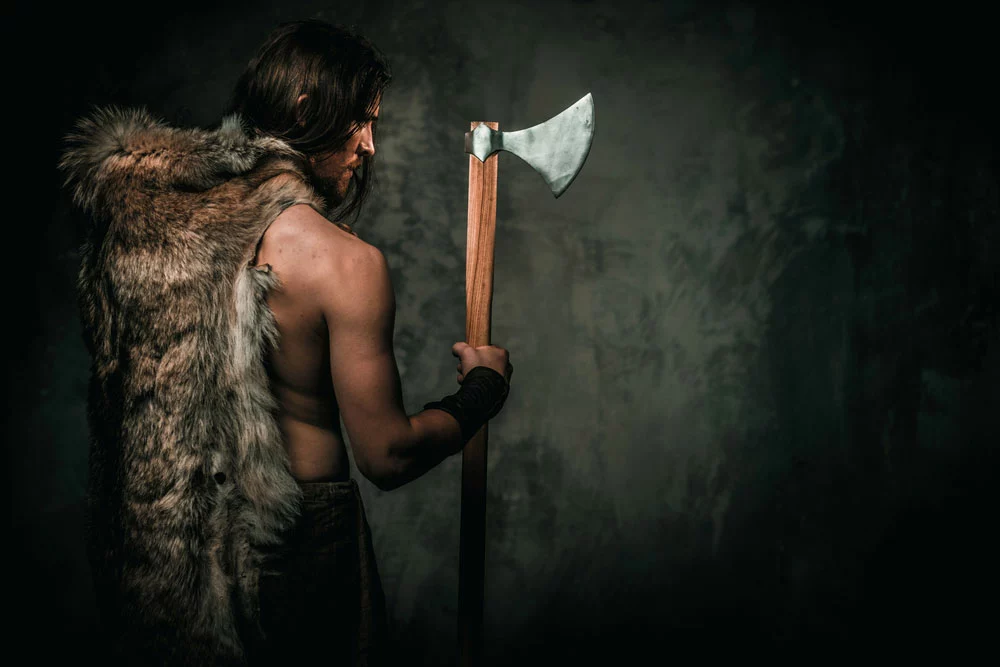
A Viking warrior with an ax.
A Viking warrior with an ax.
Between the 10th and 11th centuries, the Viking age grew in popularity outside of Scandinavia. Initially, the Vikings used axes for cutting and splitting wood. However, the tool became an essential weapon during conflicts since most Norse warriors could not afford to acquire expensive swords.
Its general characteristics are as follows:
- The ancient Viking axes had cutting edges of about 3 to 6 inches. Later, there came more giant axes in the Viking age.
- These axes were mainly crescent-shaped with cutting edges of 9 to 18 inches.
But, In the modern world, Viking axes may not be as popular as in the Viking age. Today, fighters prefer weapons with better maneuverability, such as handguns.
Different Types of Viking Axe
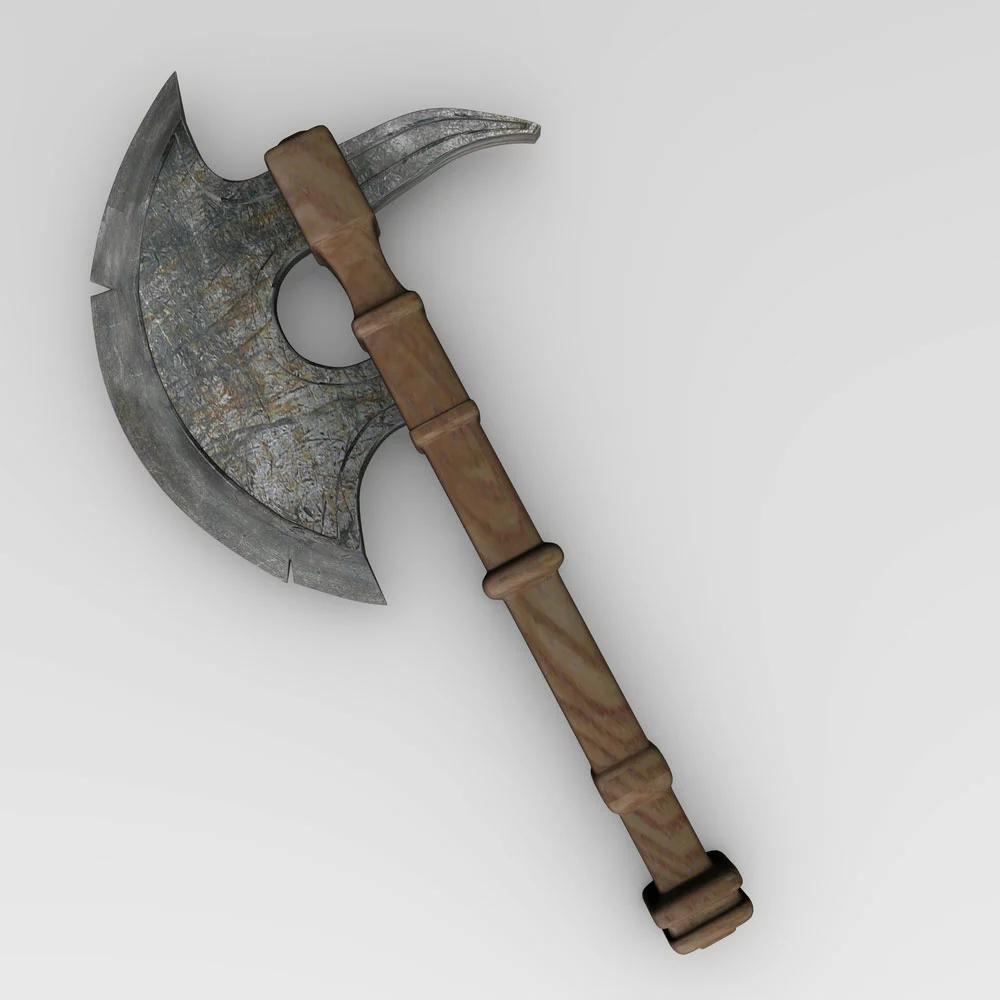
A 3-D Illustration of a Viking Ax.
Only some axe qualify to be Viking axe. We have various types of axes varying in size and shape, as you’ll find out.
Here are some of the most famous Viking axes in ancient times and modern movies and TV shows.
1. Danish Axe
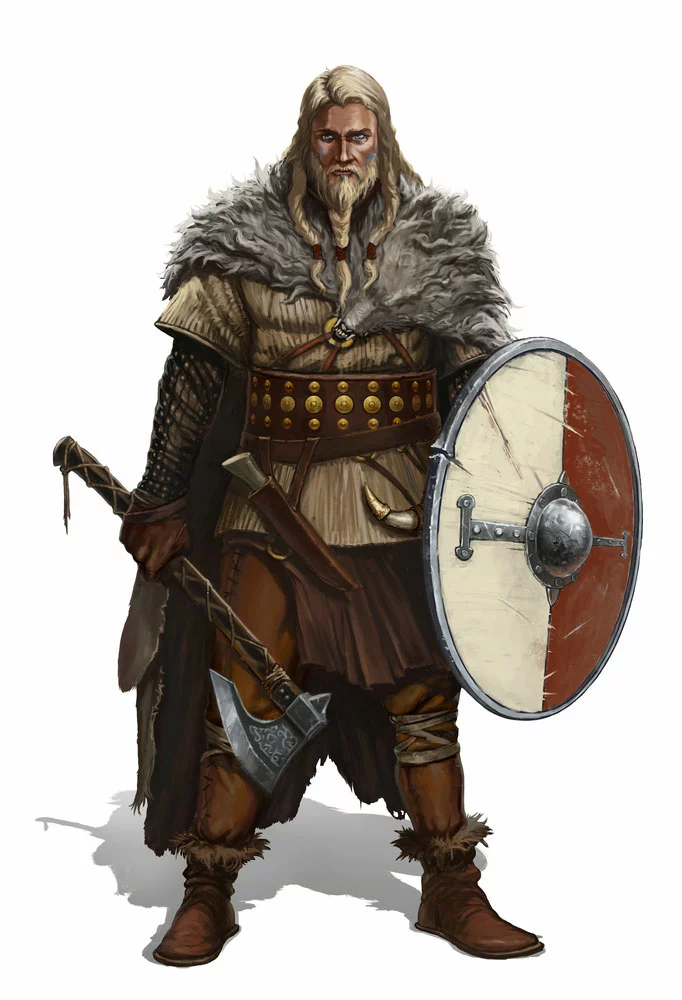
A Viking Holding an Axe
In the Viking age, the Danish Axe was among the most popular weapons of war. Some people know the Danish Axe as the Dane axe, hafted Axe, or English long Axe.
Its outstanding features are as follows:
- It has a wide and thin blade with a protruding horn at the heel and the toe of the bit.
- The ax’s wide blade offers the Danish Axe a broad cutting edge.
- The Dane axe has a blade of 8 to 12 inches in length with a thin profile. Thus, deep cuts are a good choice when cutting through leather armor (in a battle setting).
Today, most axe handlers have Danish axes in their stores.
2. Bearded Axe
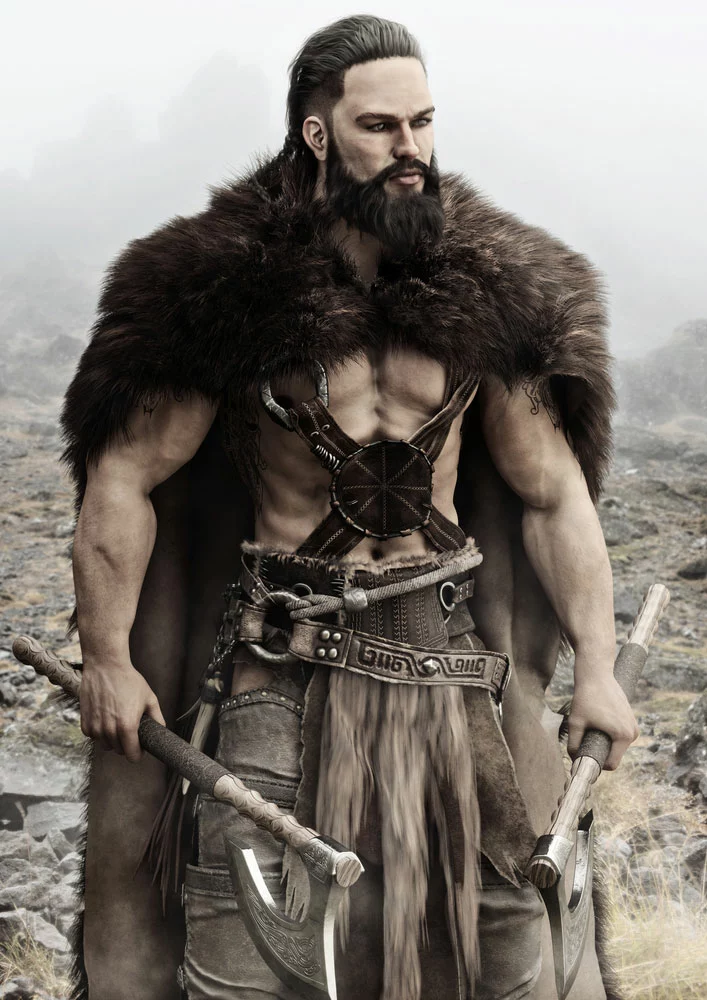
A Viking Norse with an Ax.
The bearded Axe was another essential tool in the Viking age and beyond. Depending on the region, people refer to the Axe as the Skeggox, particularly in the Old Norse.
Bearded Ax Features
- The bearded Axe has a beard-like portion in the axe bit, extending and curving down in the lower part of the butt of the axe head.
- Secondly, It has a relatively large cutting edge thanks to the beard-like axe bit.
Bearded ax conventional Applications
- In the past, skilled Viking warriors used the beard to hook and pull the opponents’ weapons out of their grasp.
- Also, the beard could be essential in pulling down the enemy’s shield in combat, offering enough space to strike.
In the contemporary world, some people use bearded axes in woodworking due to their ability to make precise cuts on the wood.
3. Francisca Axe
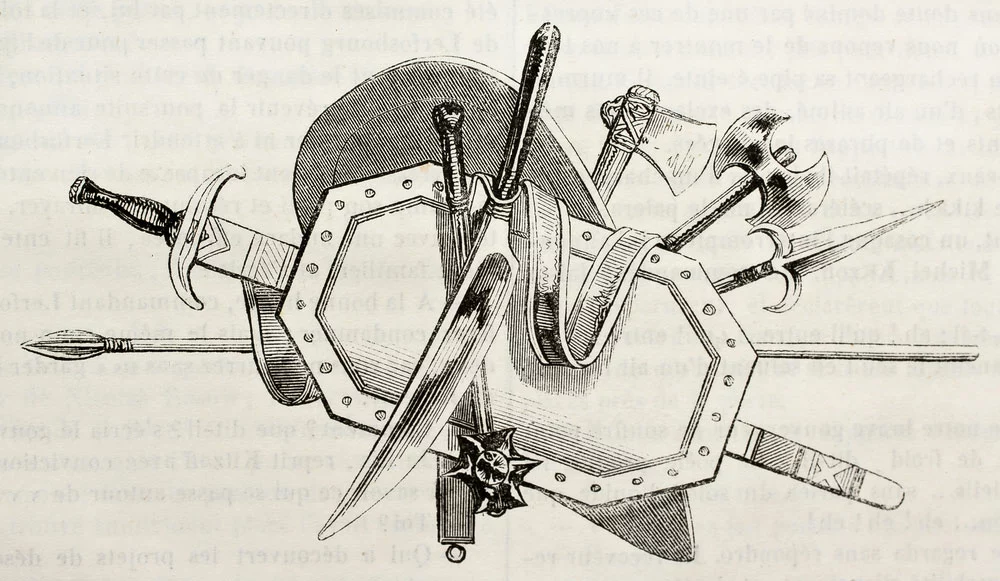
A Collection of Frankish Weapons.
With a Frankish origin, Francisca axes have a history running back to the first century AD. The popularity of the Francisca axe increased with time reaching other users like the Norse and Anglo-Saxons later.
Francisca Viking axes features
- They are generally small, lightweight, and have a cutting edge of about 4 inches.
Ancient warriors used the Francisca axe for close combat and as a throwing armament.
4. The Mammen Axe
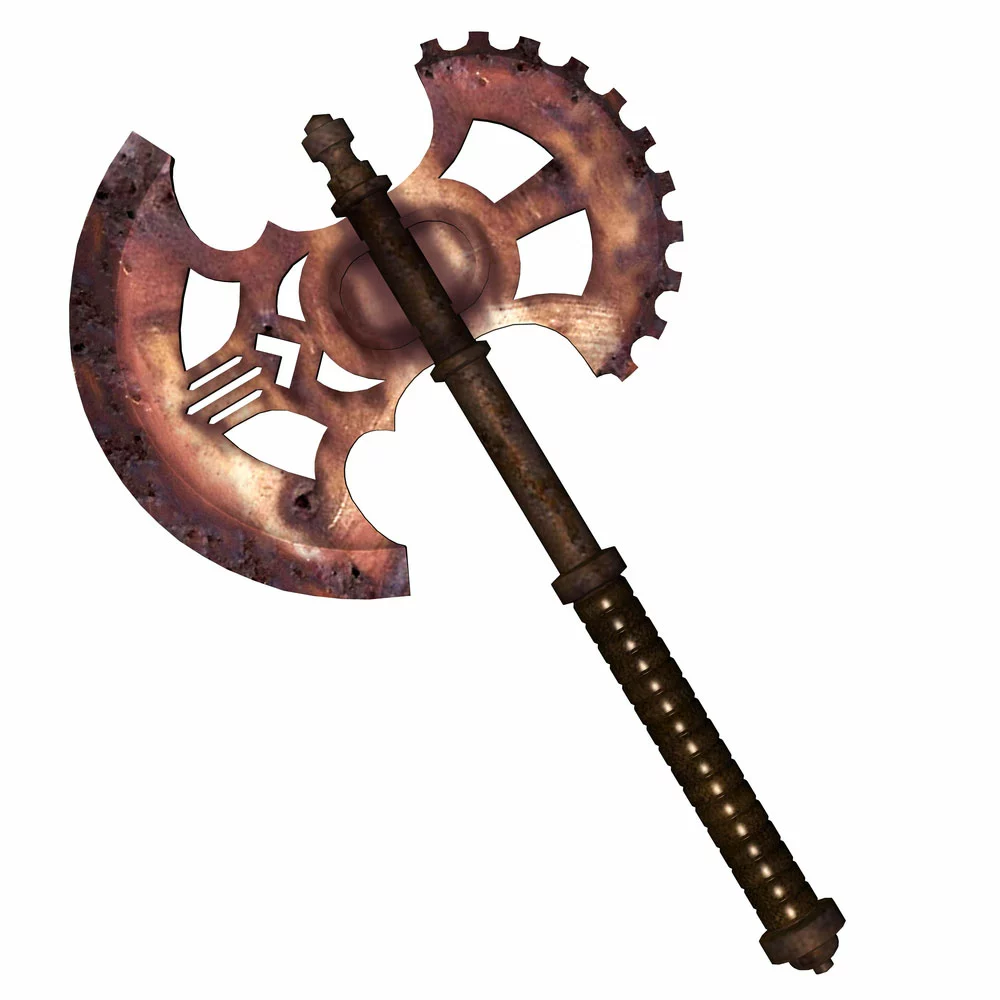
An Ancient Axe.
The Mammen axe is among the most stylish Viking axes in the universe. The tool derives its name from the Danish village where iron workers formed it.
Today, the Danish people decorate the Axe in the Mammen style using a mix of pagan and Christian patterns. Also, the Mammen axe is a status symbol, representing wealth and power among the well-off Vikings.
Mammen Axe Features
- Notably, the Axe features an iron and silver inlay.
Conclusion
We hope our detailed Viking axe guide has equipped you with a historical background of axes and their applications. Now, you
